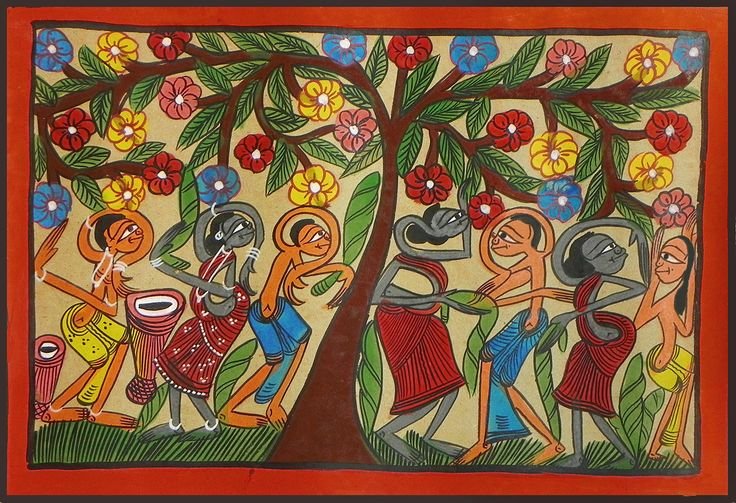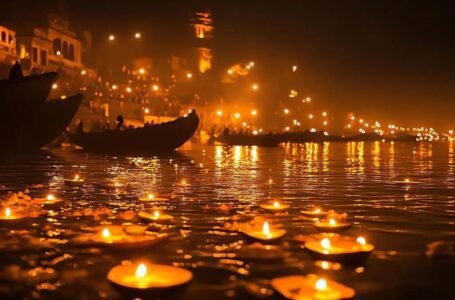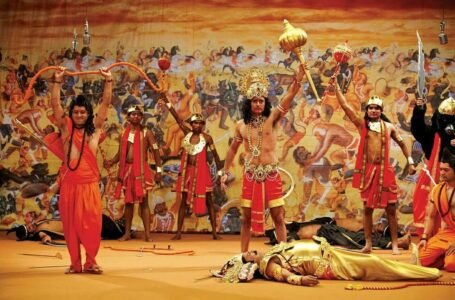Santhal Paintings: A Window into the Life and Culture of the Santhal Tribe

Santhal paintings, a vibrant and colorful expression of art, come from the Santhal tribe—one of India’s oldest and largest indigenous communities. Found primarily in the states of West Bengal, Jharkhand, Odisha, and Bihar, the Santhals have crafted a unique artistic style that mirrors their daily lives, traditions, and spiritual beliefs. Despite the charm and cultural depth of these paintings, their popularity and practice have dwindled over the years. In this article, we’ll take a closer look at the origins, themes, techniques, and challenges surrounding Santhal paintings, while also exploring how this art form could be revived in today’s world.
The Santhal tribe is renowned for its rich oral traditions, vibrant music, rhythmic dance, and profound connection to nature. As one of India’s largest tribal communities, their way of life is deeply intertwined with agriculture, hunting, and gathering. For the Santhals, art isn’t just a means of expression—it’s a vital part of who they are. Their paintings, much like their music and dance, draw inspiration from their folklore, spiritual practices, and everyday experiences, reflecting the essence of their culture.
Santhal paintings began as a way of telling stories, portraying everyday scenes from the lives of the Santhal people. Traditionally, these paintings adorned the walls of their mud huts, serving both as decoration and for ritualistic purposes. Over time, the art expanded to include painted scrolls and other mediums, all while maintaining its signature vibrancy and simplicity.
The inspiration for these artworks comes from the Santhals’ close connection to their environment and their animistic beliefs. Their paintings often feature their deities, festivals, farming activities, and the natural world around them, reflecting a deep sense of harmony with nature.
Santhal paintings are instantly recognizable for their bright colors, bold outlines, and lively compositions. The themes they explore often reflect the essence of Santhal life, covering a variety of aspects:
Community Life
These paintings frequently depict scenes of agriculture, such as sowing seeds, plowing fields, and harvesting crops. They also capture the joy of festivals like Karam Puja and Sohrai, as well as moments from village gatherings, weddings, and traditional dances.
Nature
Nature plays a central role in Santhal art, with stylized depictions of trees, rivers, birds, and animals. These elements highlight the Santhals’ deep connection to their natural surroundings and their appreciation of its beauty.
Mythology and Spirituality
Santhal paintings often draw inspiration from their rich mythology and spiritual beliefs. They feature gods and goddesses like Marang Buru, the Supreme God, and Jaher Era, the Forest Goddess, as well as visual interpretations of tribal legends and folklore.
Daily Life
Everyday activities such as hunting, fishing, and other routines are brought to life through these artworks, offering a glimpse into the Santhal way of living.
Celebrations
Festive dances, particularly during harvests or weddings, are a recurring theme. Musicians playing traditional instruments like the madal (a type of drum) and the flute are also commonly depicted, reflecting the vibrant and celebratory spirit of the Santhal people.
Santhal paintings were traditionally made using natural pigments sourced from materials found in their surroundings, like clay, charcoal, and plant extracts. Brushes were simple and handmade, often crafted from twigs or pieces of cloth. The earthy tones of these natural colors were beautifully accented with vibrant reds, yellows, and whites to bring certain details to life.
Today, many Santhal artists have switched to using commercially available paints and canvases, which offer more flexibility and durability. While this shift has made the art more accessible and adaptable, it has also meant losing some of the original texture and raw charm that made traditional Santhal paintings so unique.
The decline of Santhal paintings can be traced back to a variety of reasons:
Urbanization and Modernization
With many Santhal families moving to cities in search of better opportunities, traditional art forms are often left behind. The demands of urban life overshadow the time and space needed for such creative practices.
Economic Pressures
For many artists, painting is no longer a viable source of income. The struggle to make ends meet has pushed them to take up other, more profitable occupations, leaving little room for their art.
Cultural Assimilation
Younger generations, influenced by modern education and lifestyles, are often detached from traditional practices. As they integrate into mainstream culture, the connection to their artistic heritage begins to fade.
Limited Market Exposure
Even though Santhal paintings are visually striking and culturally rich, they haven’t gained the recognition they deserve in national or international markets. This lack of exposure limits opportunities for artists to sustain their craft.
Deforestation and Habitat Loss
The Santhals’ deep connection to nature is a major source of inspiration for their art. However, environmental degradation and deforestation disrupt this bond, leading to a decline in both the subject matter and creative drive of the artists.
Despite the challenges, there are ongoing efforts to preserve and promote Santhal paintings:
Government Initiatives
State governments in West Bengal and Jharkhand have stepped in with schemes aimed at supporting tribal artists. These initiatives provide platforms for them to showcase their work and gain recognition.
Non-Governmental Organizations
NGOs are also playing a key role in keeping this art form alive. They’re documenting Santhal art, organizing workshops, exhibitions, and fairs, and working to raise awareness about its cultural significance.
Education and Training
Schools in tribal areas are now including traditional art forms in their curriculum, helping young Santhals reconnect with their heritage and take pride in their cultural identity.
Market Expansion
With the rise of online platforms and social media, Santhal artists are finding new ways to showcase their work to global audiences. This has opened up fresh opportunities for income and recognition.
Collaborations
Tribal artists are teaming up with contemporary designers to create innovative products that merge traditional Santhal motifs with modern aesthetics, making the art more appealing to a wider audience.
The preservation of Santhal paintings requires a multi-pronged approach that includes both grassroots efforts and policy-level interventions. By fostering a deeper appreciation for this art form and addressing the economic challenges faced by Santhal artists, it is possible to revive and sustain their cultural legacy.
Santhal art has the potential to be adapted for various purposes, such as textiles, home decor, and even digital media, opening up new markets and opportunities for artists.
Cultural Tourism
By promoting Santhal villages as cultural tourism hubs, both the local economy and the art form could see a significant boost. Visitors would not only experience the art but also gain a deeper understanding of the community’s way of life.
Research and Documentation
Detailed documentation of Santhal paintings and their cultural context is essential. It would preserve this rich heritage and serve as a valuable resource for future generations, ensuring the legacy of this art form continues.
Support Networks
Creating cooperatives and artist networks can be a game-changer for Santhal painters. These networks can provide resources, training, and access to broader markets, empowering artists to sustain their craft.
Santhal paintings are not merely an art form but a vibrant narrative of the Santhal way of life. They encapsulate the joys, struggles, and spirituality of a community that has thrived for centuries in harmony with nature. While the decline of this art form is a cause for concern, the growing interest in indigenous art and the concerted efforts to revive it offer a glimmer of hope. By celebrating and supporting Santhal paintings, we can ensure that this precious cultural heritage continues to inspire and enrich our lives for generations to come.


